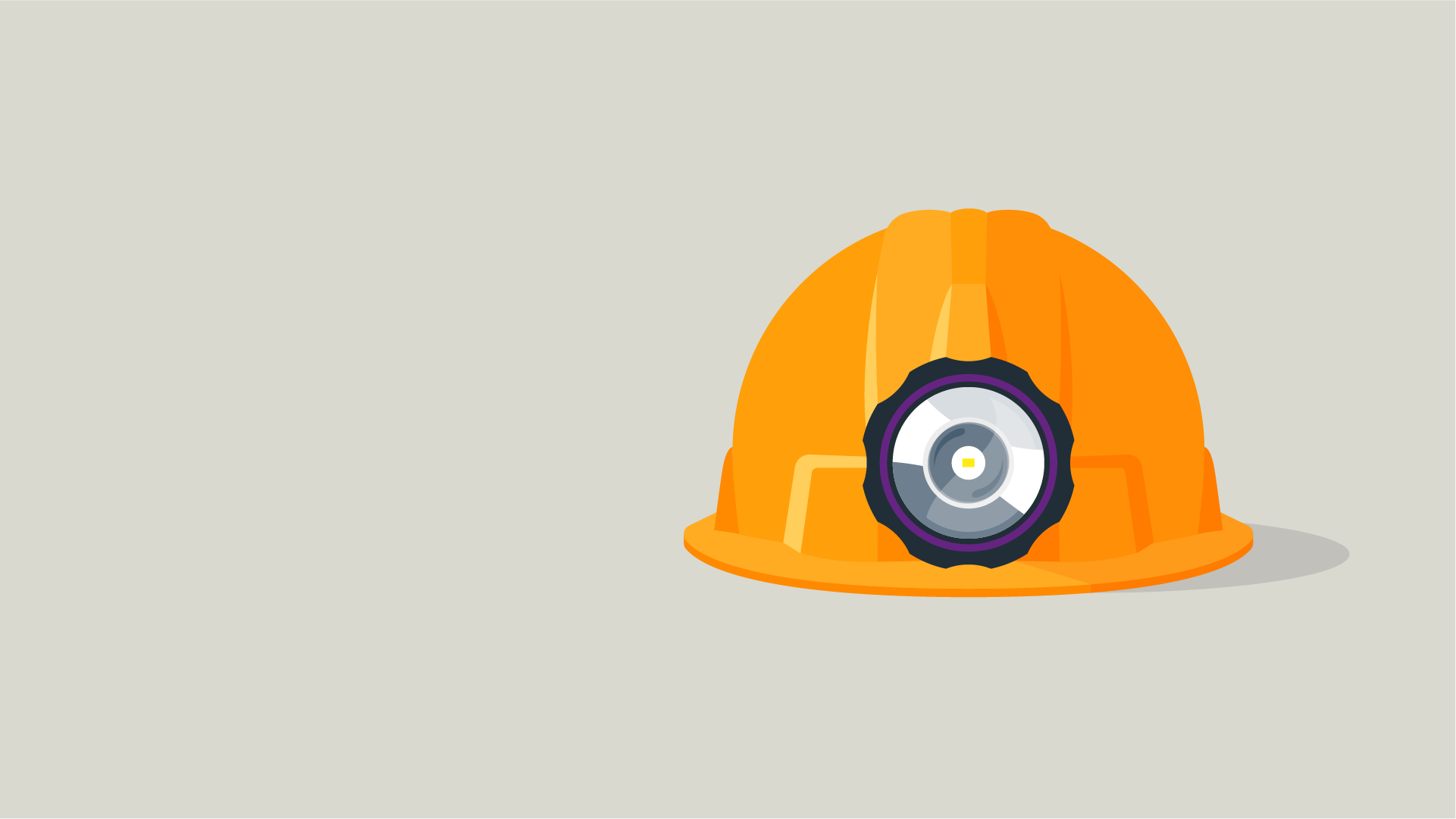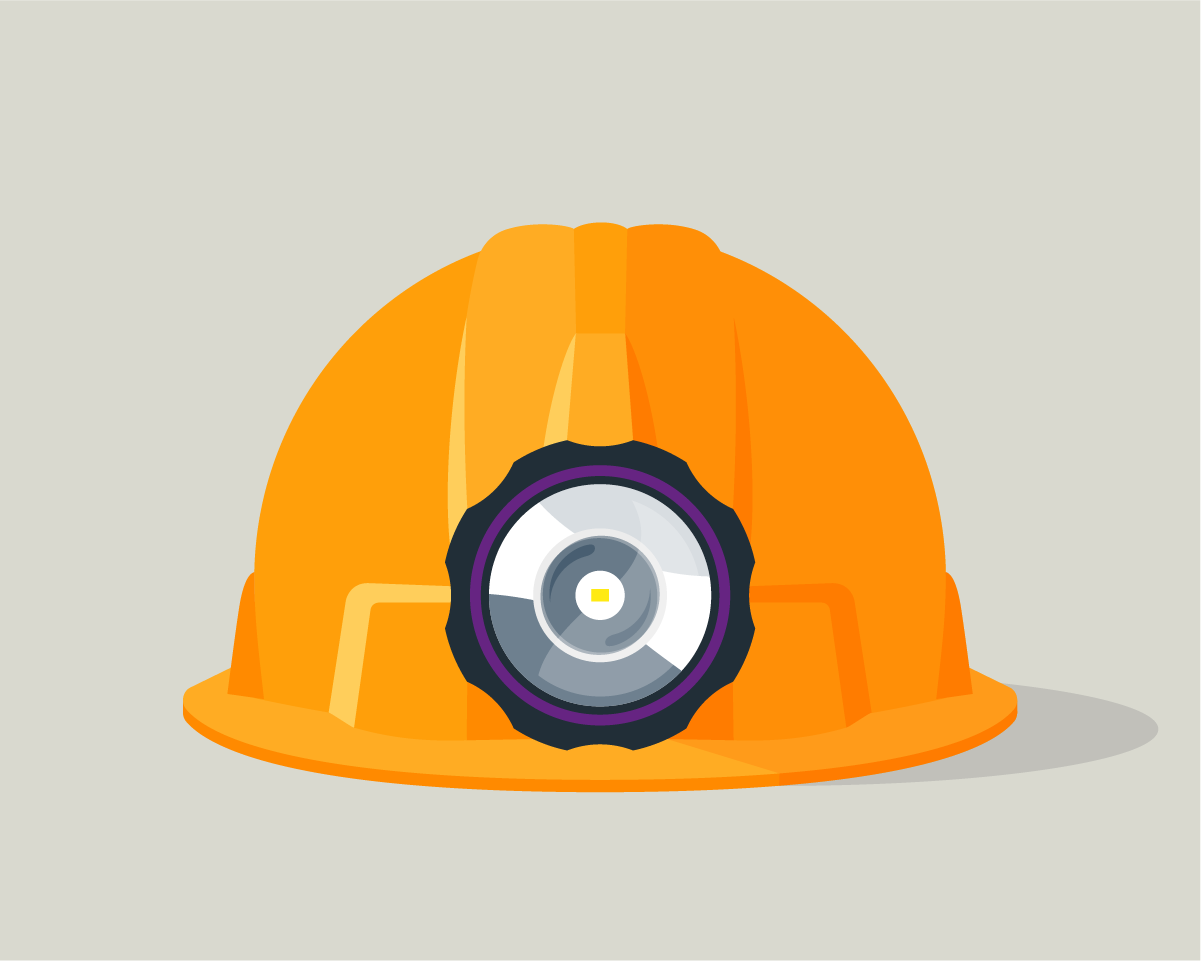Digging deeper
Behind every good creative brief you need a broad, frank discussion to get to the heart of what’s really required.
Our clients come to us for ideas. Generating those, and bringing them to life, is what gets us up the stairs to our studio every morning. But before we can get on with the business of thinking, designing and writing, we need a clear and comprehensive brief to guide us. And this is where the relationship between client and agency really makes a difference. Here’s our take on how to give a brief.
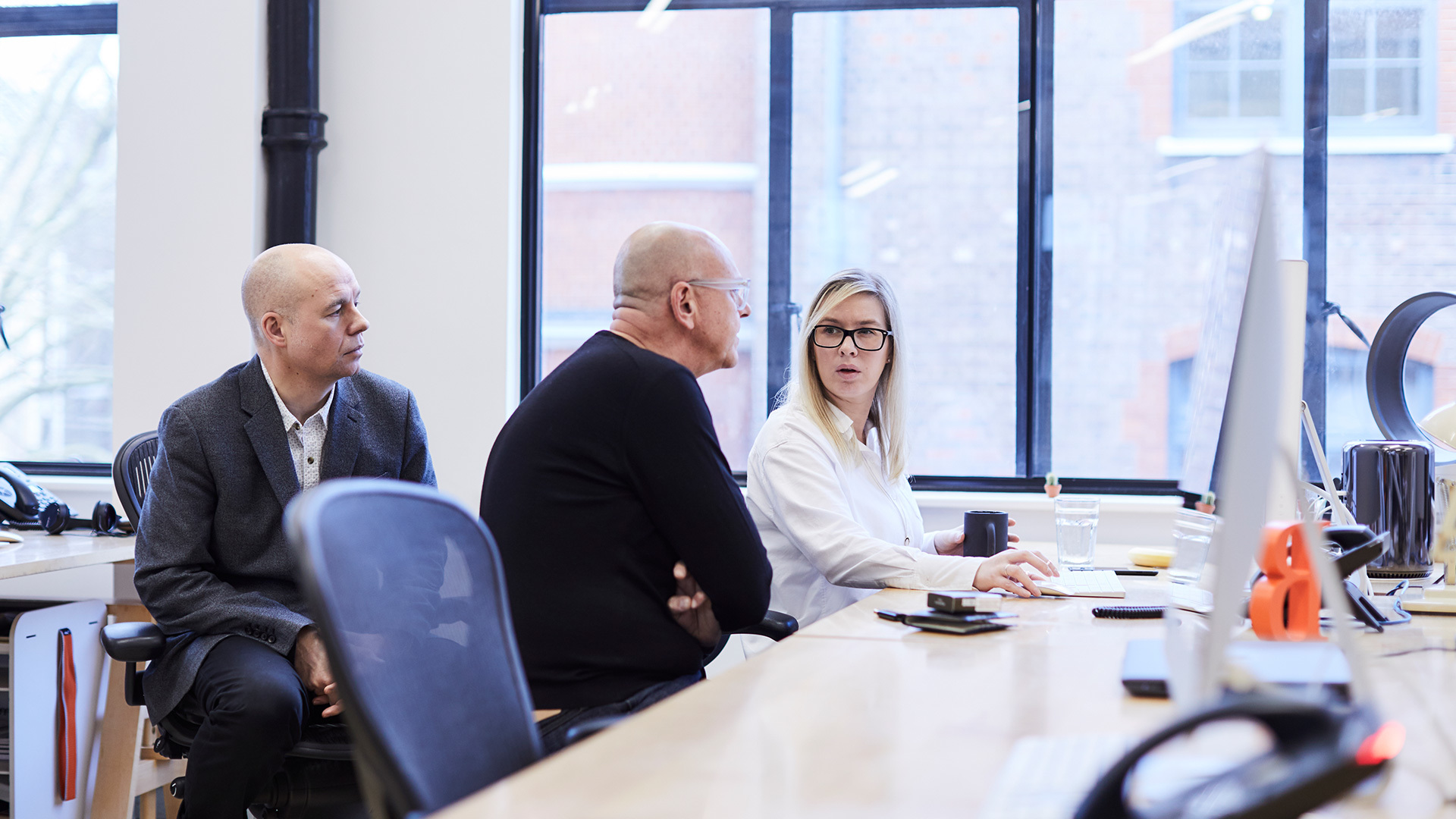
It’s not just what by when
Getting a thorough project brief is crucial for us—one that goes beyond agreement of what’s required when, and who’s responsible for what. In particular it’s about understanding the context of the project: why now, what else is going on inside the organisation and in the outside world. It’s rare to get all of this information in a formal written brief. But it’s this bigger picture that often kick-starts imagination and nearly always inspires better ideas.
It’s good to talk
We like to take a brief in person. Conversations always reveal so much more about the purpose of the project, the culture of the organisation and tensions between them that can inform better creative work. Talking face to face lets us ask frank questions that can change everything. Working through a brief—agency and client together—sometimes leads to the realisation that there’s a very different way to solve the problem. When one client intended to commission a meeting room installation, we left with a brief to work on interactive information graphics instead. And a briefing to ask the workforce their opinions about what clients want led to filming vox pops with the public in London, Frankfurt, Hong Kong and New York on their plans, ambitions and dreams.
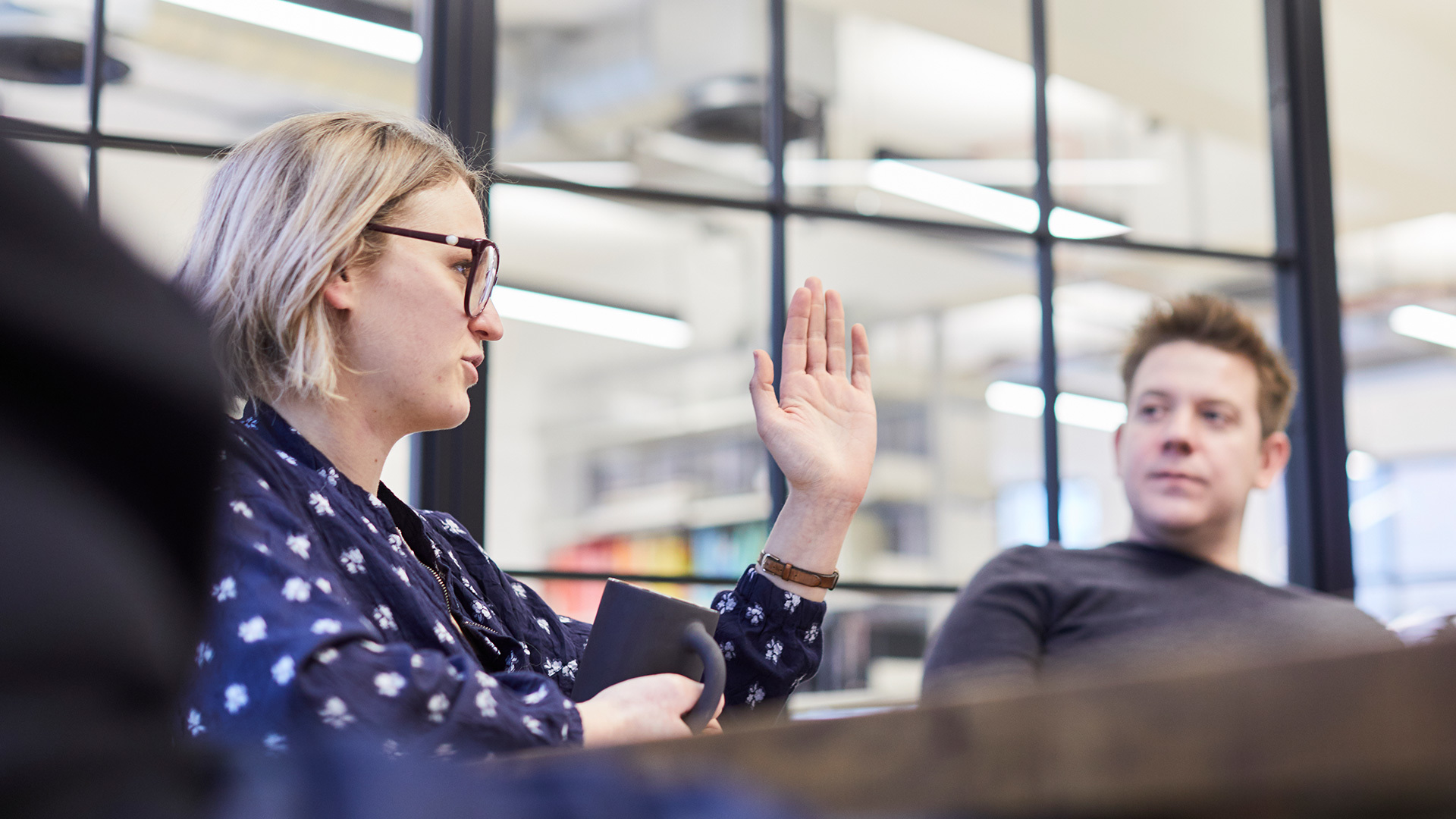
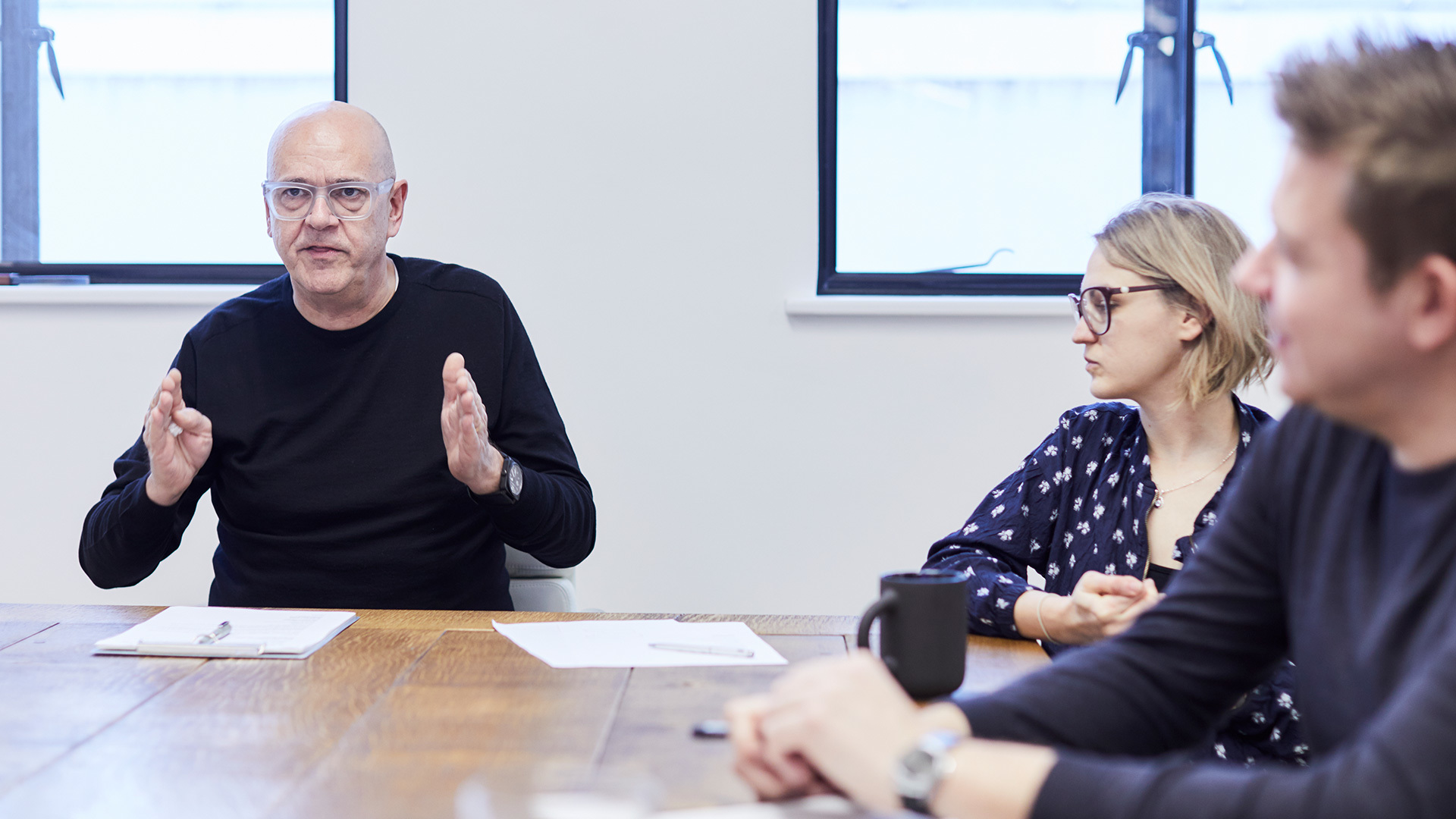
It’s about trust
Some clients are not used to working this way and it does take more time and effort than simply pressing ‘send’. Those that do brief face to face like the trust and accountability it brings to the relationship, and the extra value they get as more ideas become possible. And as well as broadening creative possibilities, open conversations can get straight to the point about achievable objectives, timelines and realistic budgets. When time and money are tight, no-one wants to waste either of those.
We can work it out
In competitive tender situations a briefing workshop can be a good way to test chemistry. Don’t be put off by the thought of spending a couple of hours with each agency on your shortlist. The return on that investment comes from experiencing how an agency thinks, works and interacts with you and with each other. That will tell you far more than a proposal document ever can. Insist on dealing with the people who’ll actually be working on your project rather than the agency Chairman or Global Head of Client Services. Whether you’re a startup or multinational, there’s really no better way to start a new relationship.
